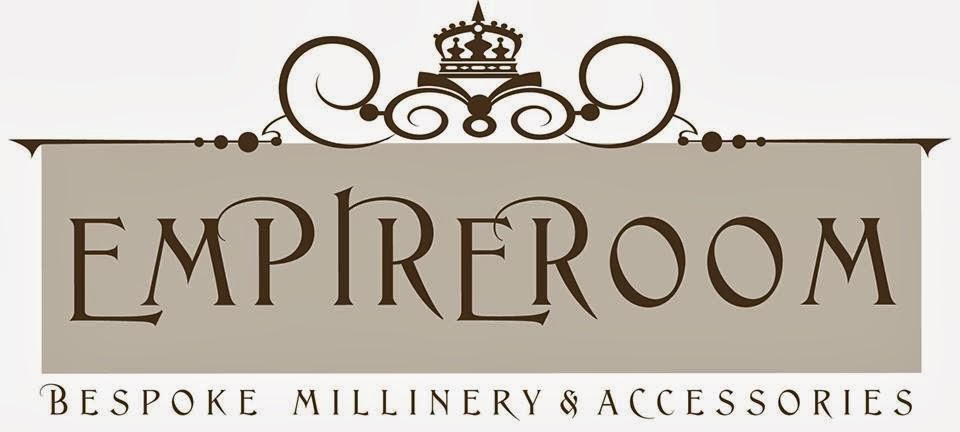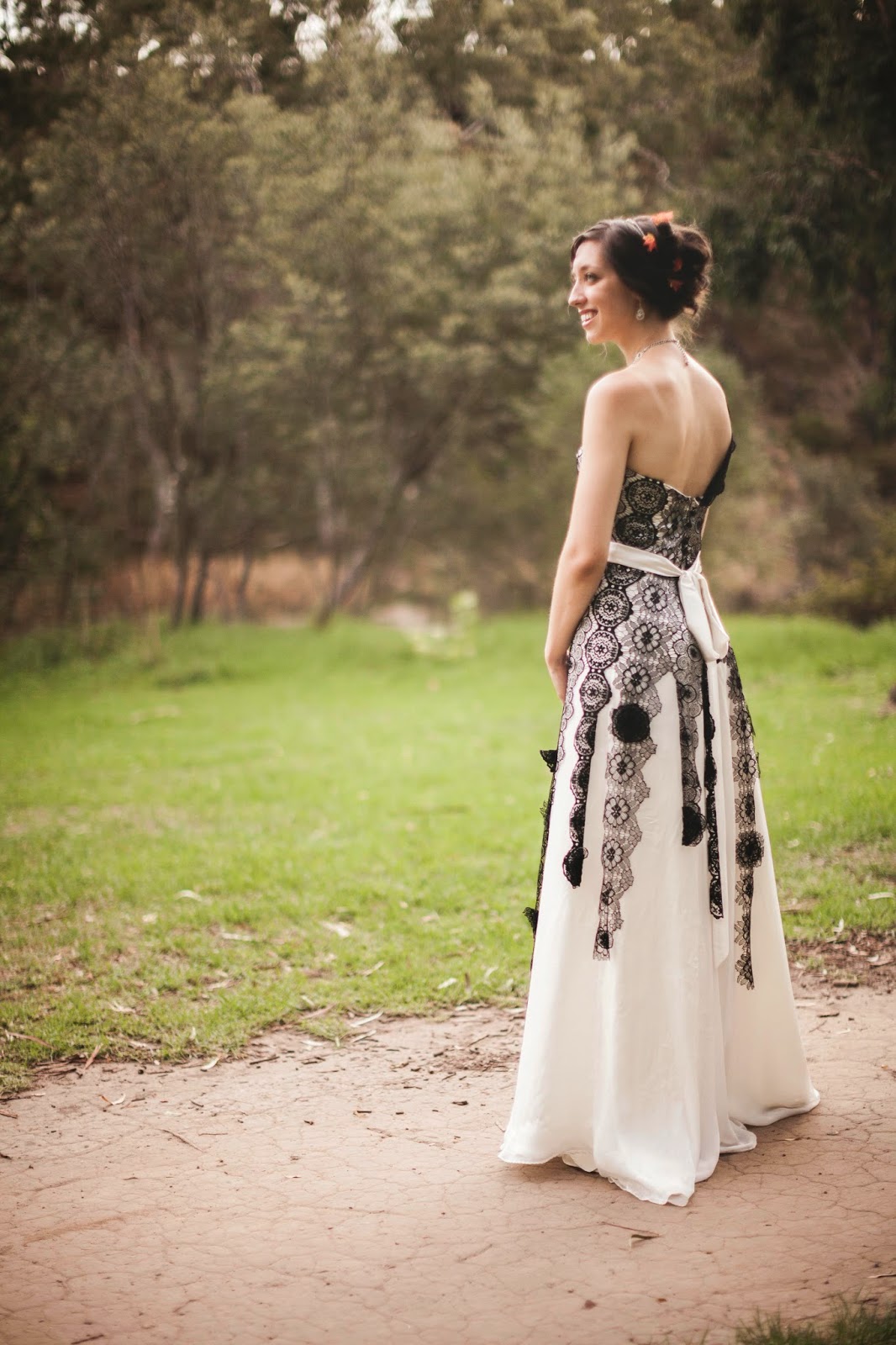There are some girls who dream about their wedding day from kindergarten.
Every thing is clear in their head before they even find Mr Right, but what if you have no idea what sort of dress you want or what if you try on the dress of your dreams & you feel more like the pumpkin than Cinderella.
Every thing is clear in their head before they even find Mr Right, but what if you have no idea what sort of dress you want or what if you try on the dress of your dreams & you feel more like the pumpkin than Cinderella.

Well here are some quick tips to help discover the dress that is perfect for you.
The best place to start is time of year.
What season are you planning to have your wedding?
It’s all very well to choose a strapless dress for the middle of winter, but unless you want to spend your honeymoon with pneumonia, you might need to consider the added expense of accessories to keep you warm while travelling or during outdoor photos.
Equally, if your wedding is at the height of summer, choosing a huge polyester meringue with lots of petticoats & boning, could leave you overheated & uncomfortable for the entire day.
Spring: This is the season when almost anything goes. You are unlikely to have a scorching or freezing day, so you can wear something with layers & structure without being too worried about you comfort.
The best place to start is time of year.
What season are you planning to have your wedding?
It’s all very well to choose a strapless dress for the middle of winter, but unless you want to spend your honeymoon with pneumonia, you might need to consider the added expense of accessories to keep you warm while travelling or during outdoor photos.
Equally, if your wedding is at the height of summer, choosing a huge polyester meringue with lots of petticoats & boning, could leave you overheated & uncomfortable for the entire day.
Spring: This is the season when almost anything goes. You are unlikely to have a scorching or freezing day, so you can wear something with layers & structure without being too worried about you comfort.

Summer: Try to choose natural fibres like cotton & silk which breathe better on hot days, in a light weaves like satin charmeuse, chiffon, georgette, organza, crepe, lace. Strapless gowns or spaghetti straps are also perfect options for the warmer weather.
Autumn: When the weather turns cool this is a time to look at more structured & heavier fabrics. Brocades, Duchess satin, taffeta, shantung, satin back crepe, jacquard. You can also choose lovely caplets, shrugs & boleros to complement you dress when the weather turns chilly.

Winter: You don’t have to dress like an eskimo at a winter wedding, but you can now consider warmer fabrics like velvet, even wool blends. Accessories really come into their own at Winter weddings. Imagine a full length floaty cape with a hood, a lace knit angora shawl, an ostrich feather capelet.
The next thing to think about is the theme of your wedding & your own personal style.
Gone are the days where time of day dictates the style of your gown, you can have whatever length & style of dress your heart desires.
This is your chance to be a princess for a day, or step back in time for a touch Downtown Abbey or Hairspray, go green with an eco friendly gown, or it could just be a glammed up extension of what you feel comfortable wearing every day.
Gone are the days where time of day dictates the style of your gown, you can have whatever length & style of dress your heart desires.
This is your chance to be a princess for a day, or step back in time for a touch Downtown Abbey or Hairspray, go green with an eco friendly gown, or it could just be a glammed up extension of what you feel comfortable wearing every day.

Downtown Abbey Pinterest
No one has to have a full length dress & veil anymore.
There are all the usual styles: ballgown, a-line, shift or column, mermaid, princess, empire line, strapless, halter, asymmetric, off the shoulder
But other there are options you may not have considered

Skirt & top
skirt & cardigan
short
vintage
ballerina or tea length
suit
jumpsuit
My suggestion is to start a Pinterest board & search for what you like.
I have a few wedding boards for inspiration
Vintage Wedding Dress Inspiration
Wedding-ness
Capelet, Cover Ups & Collars
The Way We Were - Vintage Weddings
You’ll very soon start to see a pattern emerging. Then consider the time of year, your theme & your venue wishes, which hopefully will narrow the field.
In recent years I dreamed I would wear a bias cut satin 1930's figure hugging frock, no lace, be married in my church with my church band & hymns. In reality I wore a 1950's silk organza & lace tea length frock with a blue petticoat & red shoes, at a winery in the Yarra Valley, with a couple of friends singing. It was perfection.
skirt & cardigan
short
vintage
ballerina or tea length
suit
jumpsuit
My suggestion is to start a Pinterest board & search for what you like.
I have a few wedding boards for inspiration
Vintage Wedding Dress Inspiration
Wedding-ness
Capelet, Cover Ups & Collars
The Way We Were - Vintage Weddings
You’ll very soon start to see a pattern emerging. Then consider the time of year, your theme & your venue wishes, which hopefully will narrow the field.
In recent years I dreamed I would wear a bias cut satin 1930's figure hugging frock, no lace, be married in my church with my church band & hymns. In reality I wore a 1950's silk organza & lace tea length frock with a blue petticoat & red shoes, at a winery in the Yarra Valley, with a couple of friends singing. It was perfection.

If you are planning on having a custom made dress I highly recommend, going on a field trip, armed with some inspiration. You really need to try on some styles before settling on what you want to have made. Don’t expect to find IT on the first trip, but just go to see what suits you, what feels right, what makes you shudder, & what makes your Mum cry.










